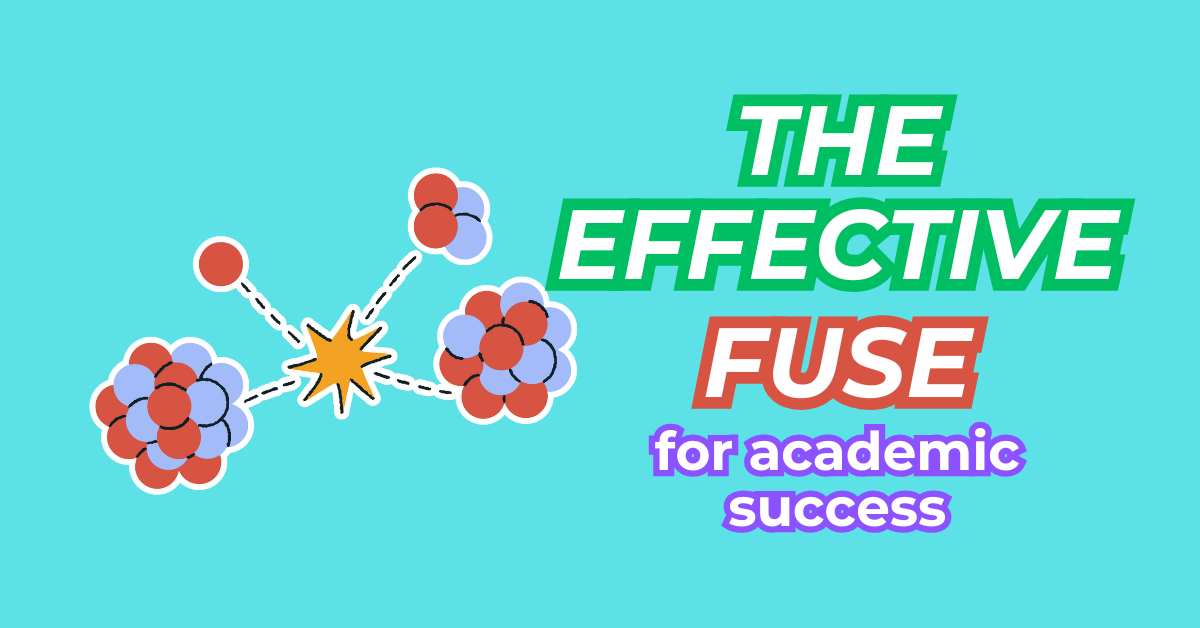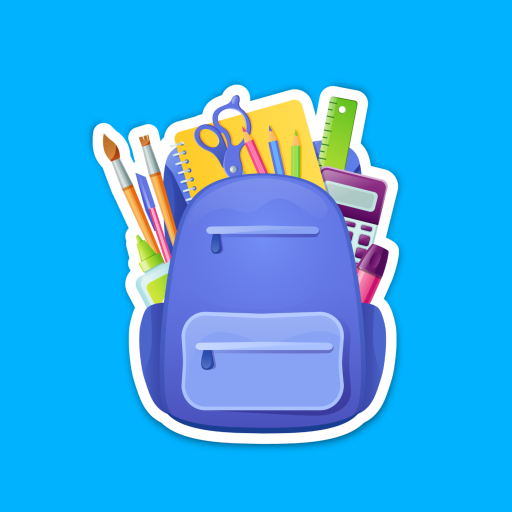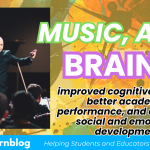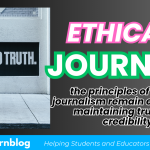As students navigate the complexities of learning, finding effective ways to absorb, organize, and recall information becomes essential. Two powerful techniques—Mind Mapping and the Cornell Note-Taking System—can help streamline the learning process and boost academic success.
Here’s how each method works and how students can benefit from using them in their study routines.
Table of Contents

Mind Mapping: Visualize to Organize
Mind mapping is a versatile tool that involves creating visual diagrams to organize thoughts, ideas, and concepts.
This strategy helps students break down complex topics by linking related ideas, showing their relationships, and promoting deeper understanding.
How to Use Mind Mapping:
- Start with a central idea: Write the main concept in the center of the page. For example, if you’re studying “The Solar System”, place that at the center of the map because it shows that it will be the target lesson that you want to learn.
- Branch out: Draw lines from the central idea and add key themes or subtopics around it. For “The Solar System,” these might include individual planets, moons, space exploration, and scientific discoveries.
- Create further branches: Each subtopic can have its own sub-branches that delve deeper into details, facts, or related ideas. For instance, under the planet “Mars,” you might branch out to include facts about its atmosphere, terrain, and exploration missions.
- Use keywords and images: To reinforce memory, use short keywords, symbols, and even pictures where possible. These visual cues help trigger memory and make the mind map easier to understand.
It helps us to enhance retention by organizing ideas visually, you engage multiple parts of the brain, improving recall.
Simplifies complex information by breaking down large topics into manageable chunks helps prevent information overload.
It also boosts our creativity, mind mapping encourages free thinking and allows you to see connections between ideas that might not be obvious at first.
The Cornell Note-Taking System: Structure for Success
The Cornell Note-Taking System is a method designed to help students take effective and organized notes during class or while studying.
It divides the page into three sections—Notes, Cues, and Summary—creating a clear, easy-to-review format.
How to Use the Cornell Note-Taking System based on experts and researchers conducted that study;
- Divide your paper: Draw a line about 2 inches from the left side of the page to create a narrow column (Cues). Then, draw a line about 2 inches from the bottom to create a space for the Summary.
- Notes Section: During lectures or while reading, use the larger section on the right to jot down main ideas, facts, and key concepts.
- Cues Section: After the class or study session, use the left column to write down key questions, keywords, or important points that help you remember the information in the Notes section. This section can also include prompts for review or further study.
- Summary Section: At the bottom of the page, write a brief summary (usually 3-4 sentences) of the material covered. This reinforces what you’ve learned and helps consolidate your understanding.
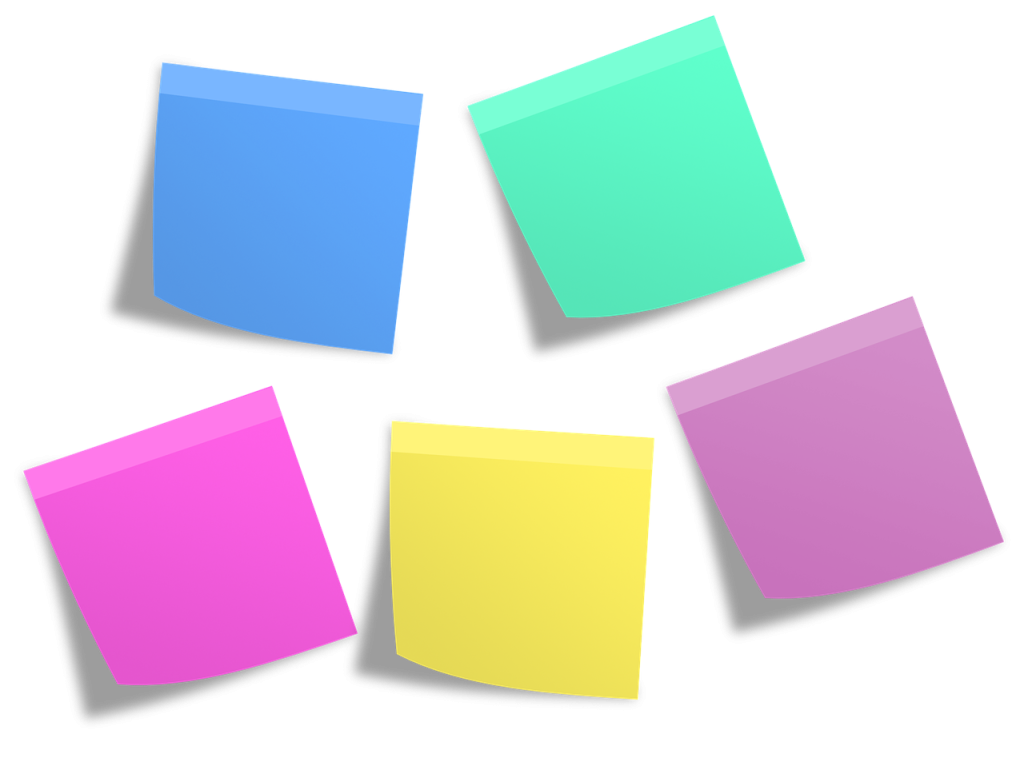
Conclusion
While both Mind Mapping and the Cornell Note-Taking System are effective on their own, they can be even more powerful when used together.
Start with a mind map to break down a complex topic visually, then use the Cornell method to take detailed, structured notes as you dive deeper into the subject.
This combination allows you to grasp both the big picture and the finer details, enhancing both your understanding and memory retention.
Adopting effective study strategies can significantly enhance a student’s ability to learn and retain information.
Mind Mapping and the Cornell Note-Taking System are two proven methods that help students organize their thoughts, engage with the material, and recall information more efficiently.
By integrating these strategies into your study routine, you’ll not only improve your academic performance but also develop skills that will serve you throughout your educational journey.
